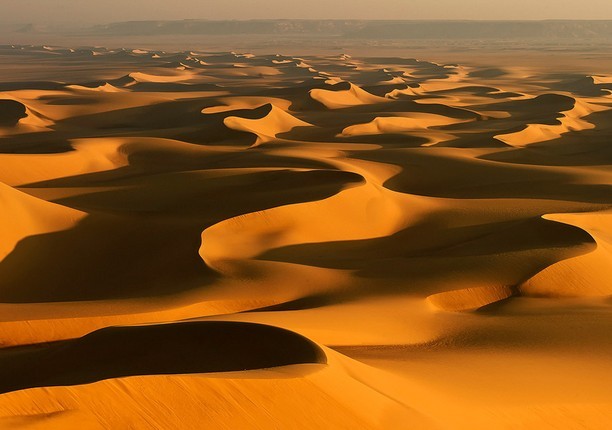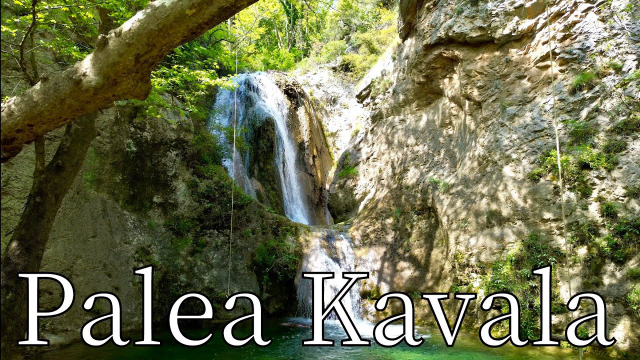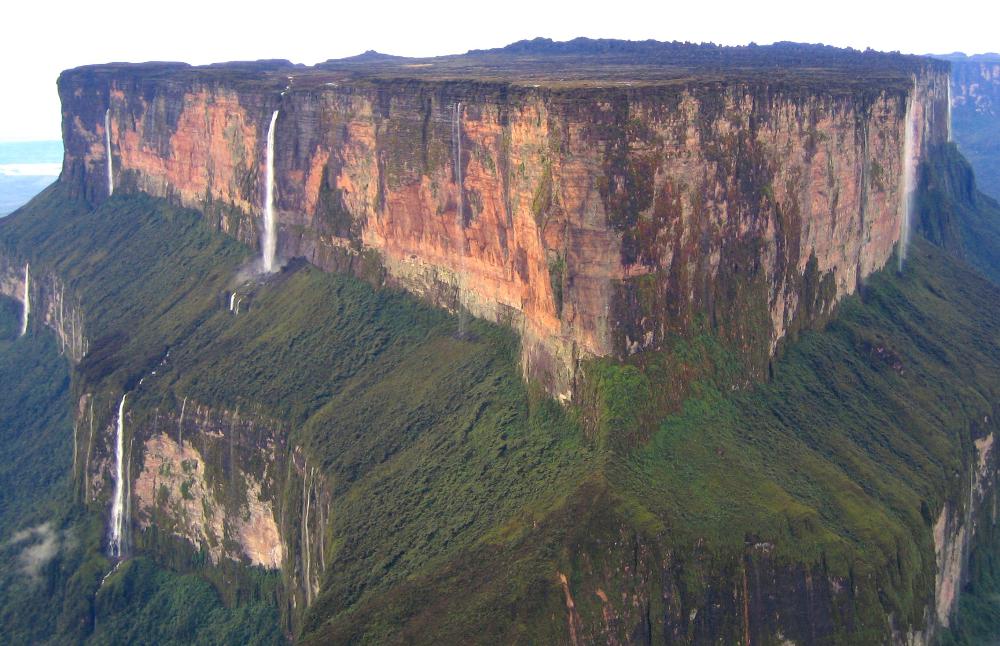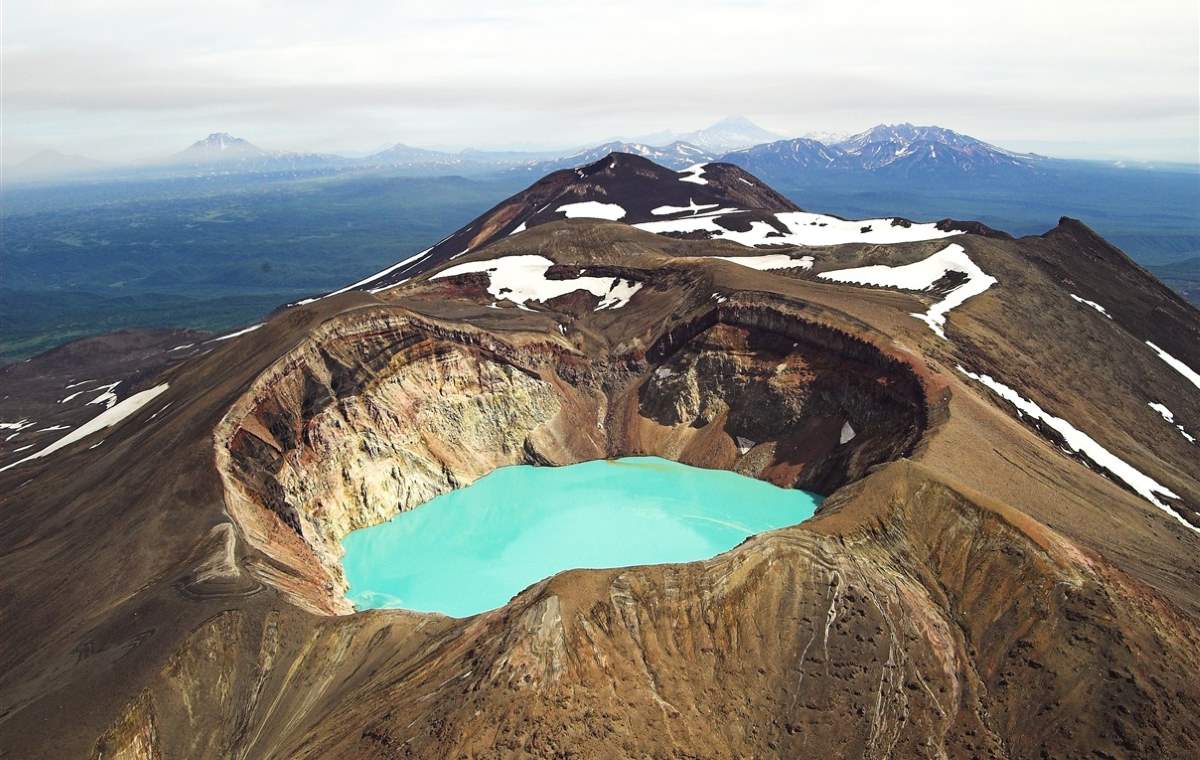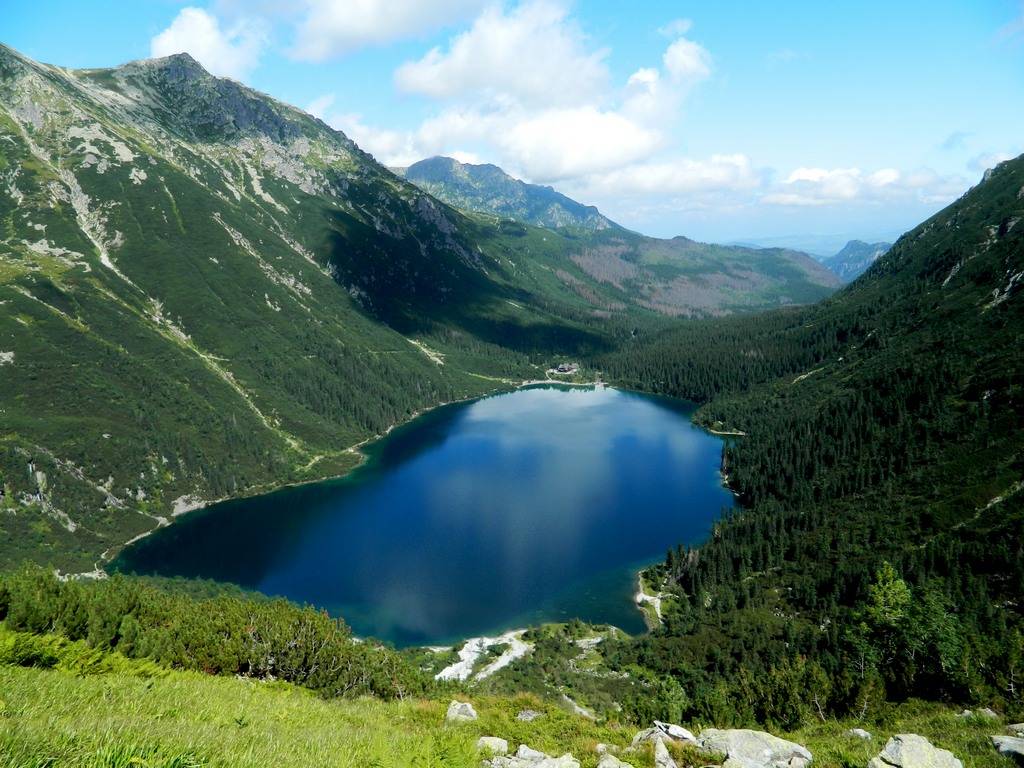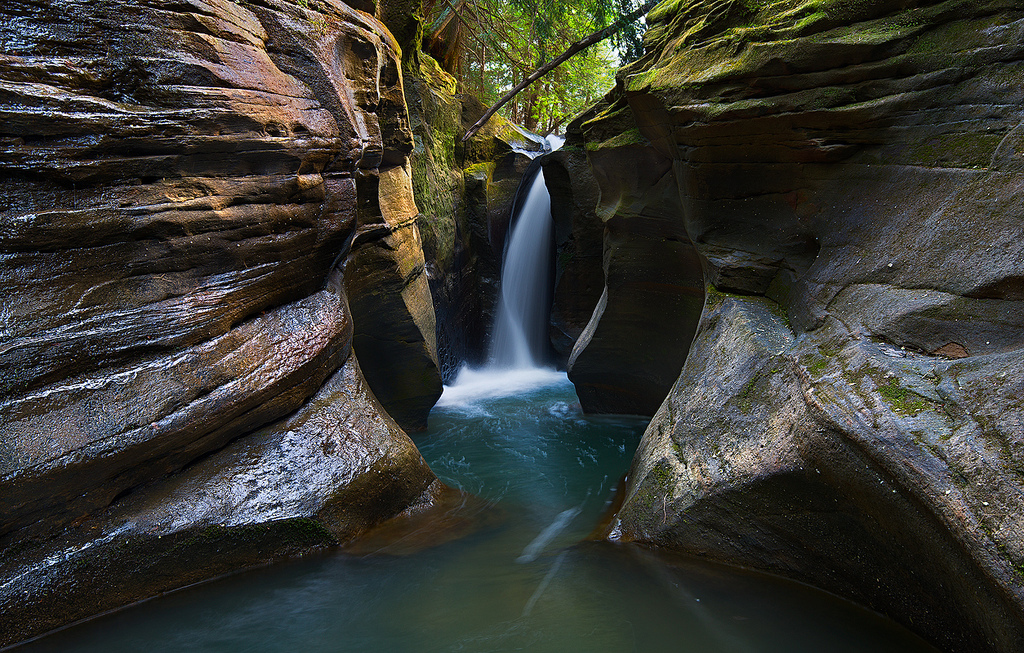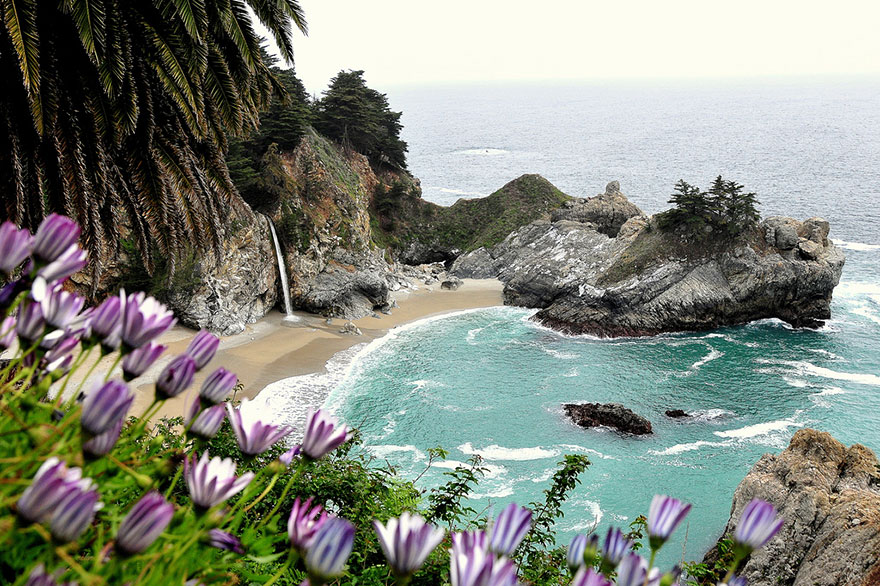The Sahara Desert is the largest desert existing in nature and occupies a remarkable surface area of 9 million square kilometers, covering most of North Africa with its golden sand, extending from the Red Sea to the outskirts of the Atlantic Ocean between 16 degrees west longitude and 35 degrees east longitude. The torrid Sahara Desert was inhabited since prehistoric times as is documented and testified by the remains of lithic industries of the Palaeolithic, Neolithic, Pleistocene and Holocene. Thanks to the numerous and interesting rock engravings and paintings, it is possible to understand the fauna and the people who once stopped in the desert. The rock paintings are certainly daughters of the Neolithic era and often and willingly depict what today are called hallucinogenic mushrooms, which at the time were probably taken during sacred rites.
In ancient times the Sahara Desert was not a desert, it seems decidedly bizarre, and yet it is so. In fact, 30,000 years ago, its mountains were entirely clothed in thick and dense forests, the fauna was rich and the locals lived off cattle. The Sahara Desert has a very different appearance and there are different types of landscape such as the Hammada, a desert of naked rock, smooth, worked by the more or less strong caresses of the wind that forms sharp splinters, the Erg, characterized by the presence of sand dunes and the Serir, composed of gravel and layers of pebbles.
